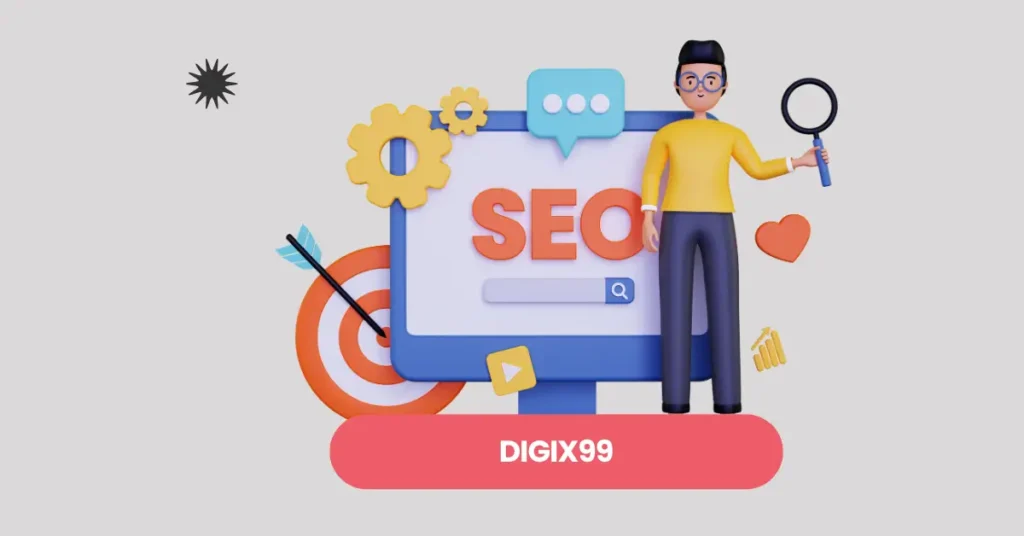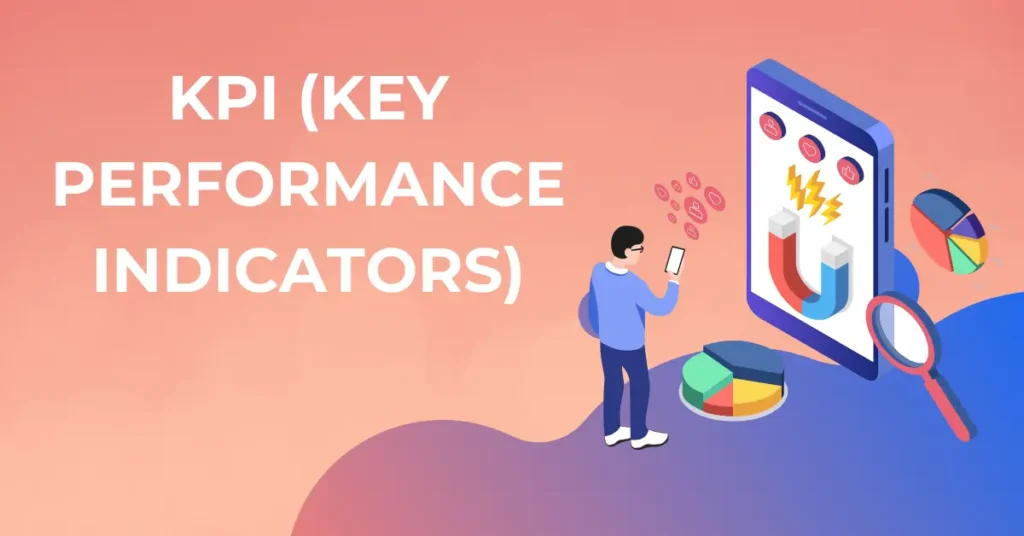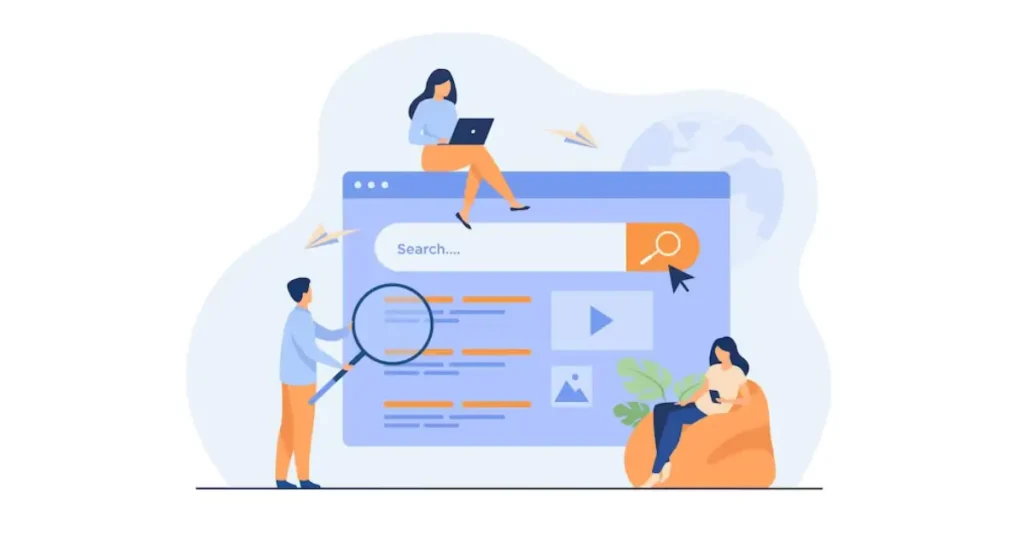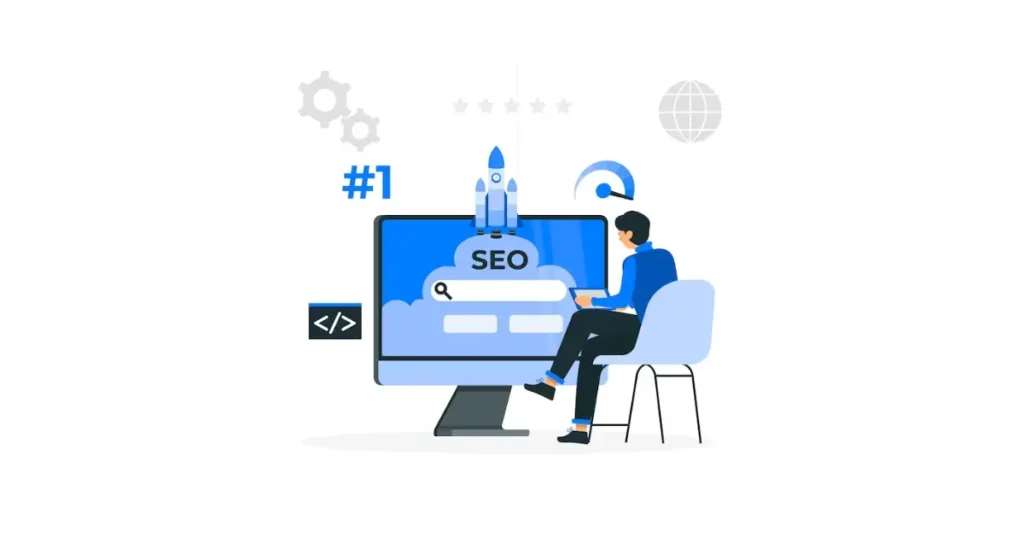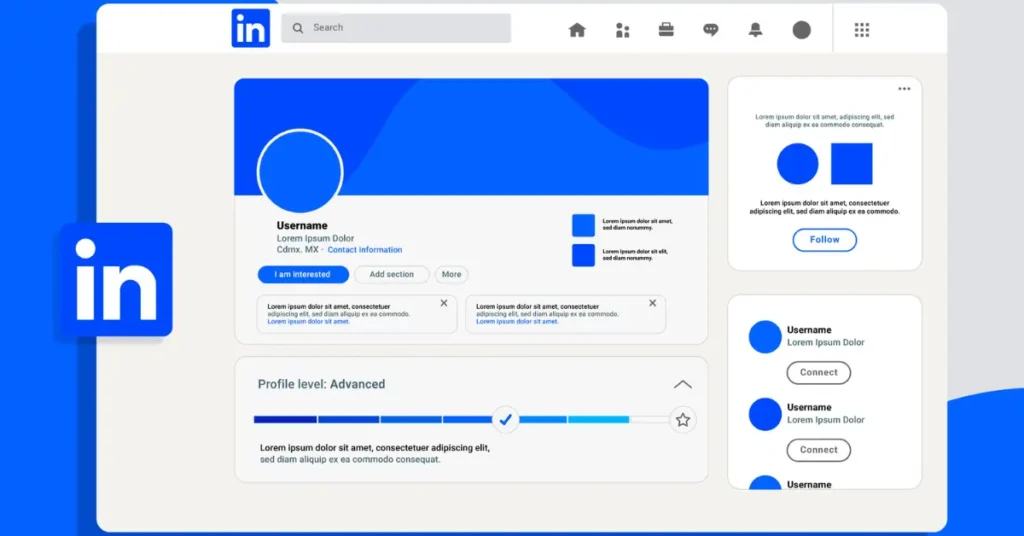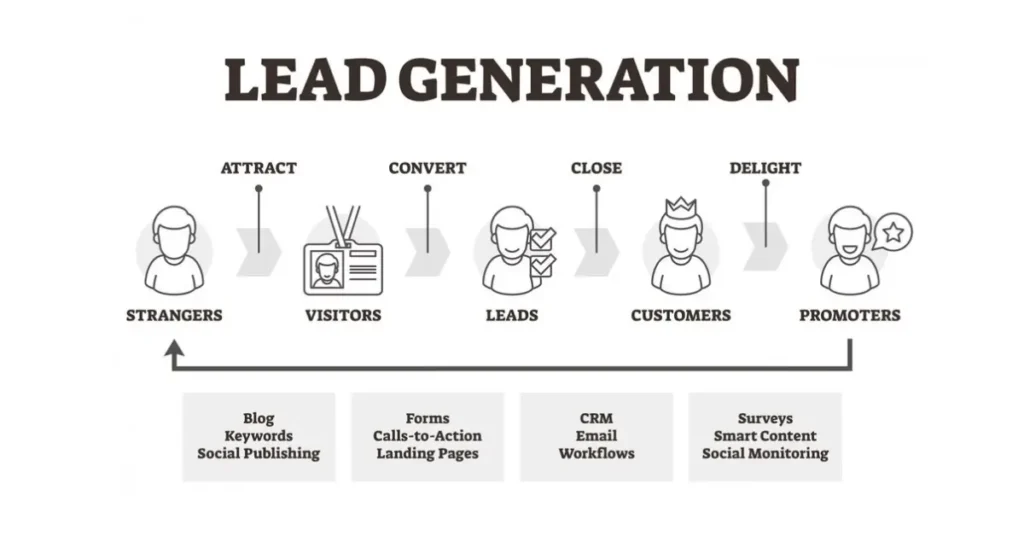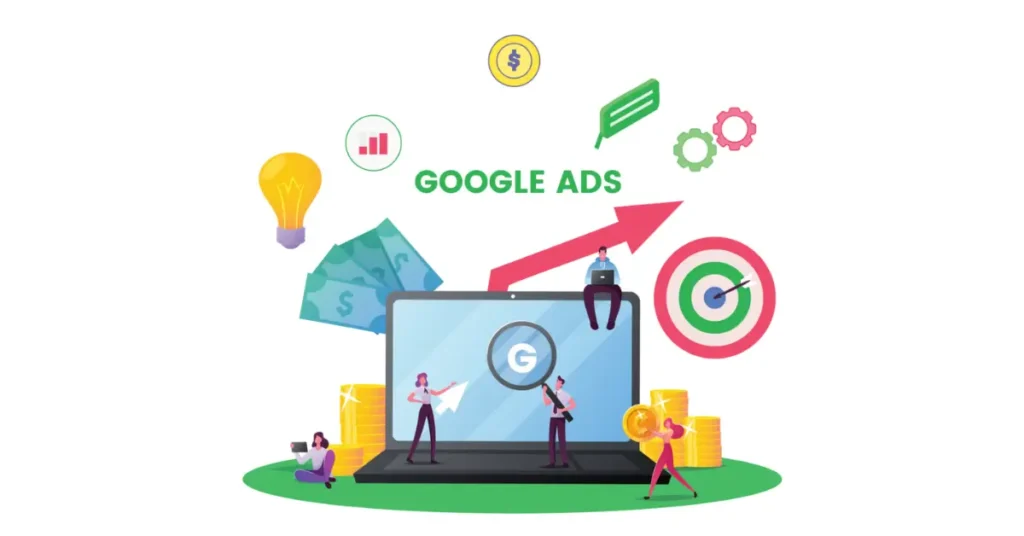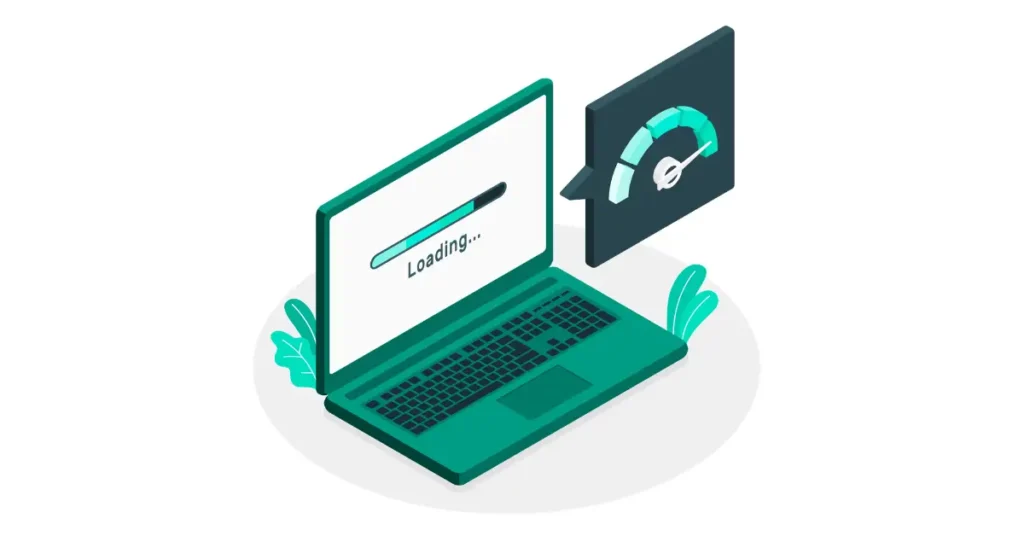LinkedIn is a powerful platform for B2B lead generation, providing access to a vast network of professionals and decision-makers. However, simply having a presence on LinkedIn is not enough to generate quality leads. It requires a strategic approach and effective tactics to stand out from the competition and attract the right audience. In this comprehensive guide, we will explore actionable strategies and optimization techniques to help you generate valuable B2B leads on LinkedIn.
Choosing the Right Metrics to Measure
When it comes to lead generation, it’s crucial to measure the right metrics to assess the success of your efforts. While many marketers focus on the quantity of leads, it’s equally important to consider the quality of leads. Here are four key metrics to measure:
- Marketing Qualified Leads (MQLs): These are leads that meet certain criteria, such as job title, job function, seniority, and company size. Advanced marketing technology can also measure lead behavior, such as website visits, email opens, and content downloads.
- Sales Accepted Leads (SALs): SALs are leads that have the potential to turn into relevant opportunities for sales. They meet specific criteria, including budget, authority, need, and timeline (BANT).
- Conversions: This metric measures the number of leads that result in a closed deal. In some cases, it may be challenging to attribute the lead directly to the closed deal, especially in large enterprise businesses. In such cases, account engagement that leads to conversion can be measured.
- ROI: Return on Investment measures the dollar value of revenue generated by your leads. While there is pressure to generate a high volume of leads, the ultimate value lies in the quality of those leads. B2B sales cycles are typically long, so it’s essential to demonstrate how the quality of leads drives value for the business.
Why LinkedIn is the Best Place for Quality Leads
LinkedIn stands out as the top platform for generating quality B2B leads. With over 660 million professionals worldwide, it provides an extensive network of potential leads. LinkedIn offers accurate and scalable targeting options, allowing marketers to select from various criteria such as company name, job functions, job titles, member skills, and more.
Moreover, LinkedIn is highly trusted among professionals, as it consistently ranks high in terms of ad relevance, user experience, community, legitimacy, and security. The premium environment of LinkedIn makes audiences more open to engaging with ads and less likely to find them annoying. When it comes to B2B lead generation, LinkedIn is the number one choice for reaching the right audience.
The Importance of Content Marketing for Lead Generation
Content marketing plays a crucial role in successful lead generation strategies. Different stages of the customer’s journey require different types of content, and LinkedIn recommends a split of 60:30:10 for Reach, Nurture, and Acquire. However, this split may not be suitable for all businesses, and it’s important not to blindly follow best practices.
For businesses starting out on LinkedIn, a budget split of 60:40 for Reach and Nurture is recommended. Building brand awareness and thought leadership is essential in the early stages. As awareness grows, the focus should shift towards providing solutions and building credibility. Thought leadership content is particularly valuable, as it positions your brand as the go-to authority in your industry.
Research shows that decision-makers actively research and consume multiple pieces of content before contacting potential suppliers. By providing useful guides, thought leadership content, and engaging with your target audience, you can establish your brand as a trusted source of information in their research phase.
Selecting the Key Content Types for Lead Generation
When it comes to lead generation, different types of content are relevant at each stage of the buyer’s journey. Here are some key content types that align with the different stages:
- Awareness Stage: At this stage, prospects are just discovering their challenges or pain points. Engage them with informative blogs, infographics, and trends that address common industry concerns.
- Interest Stage: Prospects have identified their challenges and are seeking solutions. Provide them with case studies, ebooks, and whitepapers that showcase your expertise and demonstrate how you can help solve their problems.
- Consideration Stage: Prospects are evaluating potential solutions and looking for credibility. Use customer testimonials, success stories, and reviews to build trust and highlight the value of your offerings.
- Decision Stage: Prospects are ready to make a decision and need more information about your products or services. Offer product demos, ROI calculators, and feature-focused content to help them make an informed choice.
- Action Stage: Prospects are ready to take action and make a purchase. Provide clear calls-to-action, trial offers, and discounts to encourage them to convert into paying customers.
By aligning your content with each stage of the buyer’s journey, you can effectively nurture leads and guide them towards conversion.
Setting the Right Objectives for Lead Generation
When running a lead generation campaign on LinkedIn, it’s important to set the right objectives to drive the desired actions. There are two primary objectives to consider:
- Lead Generation: This objective is suitable when you want to use LinkedIn’s Lead Gen Forms. Lead Gen Forms allow you to capture lead information directly within LinkedIn, making it easier for prospects to provide their details and for you to generate leads.
- Website Conversions: This objective is ideal when you want to drive traffic to your website and track conversions that occur on your site. By selecting this objective, you can utilize LinkedIn’s Website Auto-fill button, which allows users to fill out forms on your website using their LinkedIn profile information.
Choosing the right objective aligns your campaign with the desired actions, making it easier to capture leads and drive conversions.
LinkedIn Lead Generation Strategy
1. Target Prospects with Active Interest
One of the easiest ways to generate leads on LinkedIn is by targeting prospects who have shown an active interest in your brand. These prospects are already familiar with your brand, making them more likely to convert into leads. There are two effective ways to target prospects with active interest:
- Website Retargeting: Install the LinkedIn Insight Tag on your website to enable website retargeting. This tag powers website retargeting, conversion tracking, and web analytics. Once the tag is active, you can create a website retargeting audience within your campaign manager dashboard. This audience includes individuals who have visited your website, allowing you to target them with personalized ads and drive conversions.
- Contact List Upload: Upload your existing contact list to LinkedIn to target individuals who already have a relationship with your brand. By uploading your contact list, you can reach out to prospects who are familiar with your brand and increase the likelihood of generating quality leads.
By targeting prospects with active interest, you can leverage existing relationships and increase the effectiveness of your lead generation efforts.
2. Targeting Priority Accounts
In B2B lead generation, targeting priority accounts is a highly effective strategy. These accounts are typically high-value prospects that align with your ideal customer profile. LinkedIn offers advanced targeting options that allow you to focus on specific companies and decision-makers within those companies. Here are some steps to target priority accounts:
- Identify Priority Accounts: Start by identifying the priority accounts that you want to target. These accounts should align with your ideal customer profile and have the potential to drive significant business value.
- Company Targeting: Use LinkedIn’s company targeting options to focus your ads on specific companies. You can select companies by name, industry, size, or other criteria that match your target audience.
- Decision-Maker Targeting: Once you have identified the priority accounts, target the decision-makers within those companies. LinkedIn allows you to target individuals based on job titles, job functions, seniority, and other relevant criteria.
By targeting priority accounts, you can effectively reach decision-makers and increase the likelihood of generating leads from high-value prospects.
3. Leverage LinkedIn’s Profile Data
LinkedIn provides a wealth of profile data that can be leveraged to effectively target and engage with your ideal audience. By utilizing this data, you can refine your targeting and create personalized messaging that resonates with your prospects. Here are some ways to leverage LinkedIn’s profile data:
- Job Titles and Job Functions: Target individuals based on their job titles and job functions. This allows you to reach decision-makers who are relevant to your offering and likely to have a high level of interest.
- Seniority Level: LinkedIn allows you to target individuals based on their seniority level within an organization. This enables you to focus your efforts on decision-makers who have the authority to make purchasing decisions.
- Company Size and Industry: Refine your targeting by selecting specific company sizes and industries. This ensures that your ads are reaching prospects who are in the right organizational context and likely to have a need for your products or services.
By leveraging LinkedIn’s profile data, you can tailor your targeting to reach the most relevant audience and increase the effectiveness of your lead generation campaigns.
4. Use LinkedIn’s Lead Gen Forms & Website Autofills
LinkedIn’s Lead Gen Forms and Website Autofills are powerful tools for capturing lead information and streamlining the lead generation process. Lead Gen Forms allow you to collect lead data directly within LinkedIn, making it easier for prospects to provide their information. Website Autofills, on the other hand, allow users to fill out forms on your website using their LinkedIn profile information. Here’s how you can leverage these features:
- Lead Gen Forms: When selecting the Lead Generation objective in your campaign, you can choose to use Lead Gen Forms. These forms can be customized with specific fields to capture the information you need from prospects. By making the form submission process seamless, Lead Gen Forms increase the likelihood of generating leads.
- Website Autofills: When running a campaign with the Website Conversions objective, you can enable Website Autofills by adding the LinkedIn Website Auto-fill button to your forms. This button allows users to fill out your website forms using their LinkedIn profile information, eliminating the need for manual data entry and improving the user experience.
By utilizing LinkedIn’s Lead Gen Forms and Website Autofills, you can simplify the lead capture process and increase the conversion rate of your campaigns.
5. Integrating Sales Navigator with Your Campaign Manager
Sales Navigator is a powerful tool for B2B lead generation on LinkedIn. By integrating Sales Navigator with your Campaign Manager, you can enhance your targeting capabilities and access additional insights to inform your lead generation strategies. Here’s how you can integrate Sales Navigator with your Campaign Manager:
- Sales Navigator Account Mapping: Use Sales Navigator’s Account Mapping feature to identify potential leads within specific accounts. This allows you to target decision-makers and influencers within your priority accounts, increasing the effectiveness of your lead generation efforts.
- Lead Recommendations: Sales Navigator provides lead recommendations based on your ideal customer profile and existing customer data. These recommendations can help you discover new leads and expand your reach within your target audience.
- LinkedIn Sales Insights: Gain valuable insights from LinkedIn Sales Insights, such as the number of employees, growth rate, and recent news about a company. This information can inform your targeting and help you tailor your messaging to specific companies and decision-makers.
By integrating Sales Navigator with your Campaign Manager, you can leverage additional insights and targeting capabilities to generate high-quality B2B leads on LinkedIn.
Optimization Strategies
1. How to Optimize Lead Quality
In B2B lead generation, quality is just as important as quantity. To optimize lead quality on LinkedIn, consider the following strategies:
- Refine Targeting: Continuously refine your targeting to reach the most relevant audience. Use LinkedIn’s targeting options to narrow down your audience based on job titles, job functions, seniority, company size, and industry.
- Utilize Negative Targeting: Negative targeting allows you to exclude specific audiences from seeing your ads. Use this feature to exclude audiences that are not relevant to your offering, ensuring that your ads are reaching the right prospects.
- Analyze Conversion Data: Regularly analyze conversion data to understand which targeting criteria and messaging are driving the highest-quality leads. Use this data to make informed optimizations and refine your lead generation strategy.
- Qualify Leads: Implement a lead qualification process to ensure that only qualified leads are passed on to your sales team. This can include additional questions or criteria that prospects must meet before being considered a qualified lead.
By optimizing lead quality, you can ensure that your sales team is working with valuable leads that have a higher likelihood of conversion.
2. How to Optimize Your Targeting
Targeting is a critical aspect of successful B2B lead generation on LinkedIn. To optimize your targeting, consider the following strategies:
- Test Different Targeting Options: Experiment with different targeting options, such as job titles, job functions, seniority, and company size. Test various combinations to identify the most effective targeting criteria for your specific audience.
- A/B Test Your Ads: Conduct A/B tests to compare the performance of different ad variations. Test different messaging, visuals, and calls-to-action to identify the ad elements that resonate best with your target audience.
- Refine Audience Segmentation: Segment your audience based on different criteria, such as industry, job function, or seniority. This allows you to tailor your messaging and creatives to specific segments, increasing the relevance of your ads.
- Leverage Lookalike Audiences: Lookalike audiences allow you to target users who are similar to your existing customer base. Use this feature to expand your reach and target prospects who have similar characteristics to your ideal customers.
By continuously optimizing your targeting, you can ensure that your ads are reaching the right audience and driving quality leads.
3. How to Optimize Your Creatives
The creatives you use in your LinkedIn lead generation campaigns play a crucial role in attracting and engaging your audience. To optimize your creatives, consider the following strategies:
- Use Compelling Visuals: Choose visually appealing images or videos that catch the attention of your target audience. Ensure that the visuals align with your brand and effectively communicate your message.
- Craft Attention-Grabbing Headlines: Create compelling headlines that immediately grab the attention of your audience. Use clear and concise language that highlights the value of your offering.
- Personalize Your Messaging: Tailor your messaging to resonate with your target audience. Use language and terminology that speaks directly to their pain points and offers solutions to their challenges.
- Test Different Ad Formats: Experiment with different ad formats, such as single images, documents, carousels, and videos. Test which formats perform best with your target audience and optimize accordingly.
By optimizing your creatives, you can increase engagement and capture the attention of your audience, driving higher-quality leads.
4. How to Optimize Your Lead Gen Forms
LinkedIn’s Lead Gen Forms are a powerful tool for capturing lead information. To optimize your Lead Gen Forms, consider the following strategies:
- Keep Forms Concise: Limit the number of form fields to only what is necessary. The shorter and more concise your form, the higher the likelihood that prospects will complete it.
- Use Pre-Filled Fields: Leverage LinkedIn’s pre-filled fields to make it easier for prospects to complete the form. Pre-fill as many fields as possible using the information available on their LinkedIn profiles.
- Customize Thank You Pages: After prospects submit the form, redirect them to a customized thank you page. This page can include a personalized message, additional resources, or next steps to keep them engaged.
- Implement Lead Nurturing: Once a lead is captured, implement a lead nurturing strategy to continue engaging with them. Use email marketing or LinkedIn’s messaging tools to provide valuable content and guide them through the buyer’s journey.
By optimizing your Lead Gen Forms, you can streamline the lead capture process and increase the conversion rate of your campaigns.
5. How to Optimize Conversion Tracking
Conversion tracking is essential for measuring the effectiveness of your lead generation campaigns. To optimize conversion tracking on LinkedIn, consider the following strategies:
- Set Up Conversion Tracking: Ensure that you have set up conversion tracking properly within LinkedIn’s Campaign Manager. This allows you to track the actions that prospects take after viewing or clicking on your ads.
- Define Key Conversion Events: Identify the key conversion events that align with your lead generation goals. This could include form submissions, email sign-ups, content downloads, or other actions that indicate a prospect’s interest.
- Implement UTM Parameters: Use UTM parameters in your URLs to track the performance of specific campaigns, ads, or creatives. This allows you to attribute conversions accurately and make data-driven optimizations.
- Analyze Conversion Data: Regularly analyze conversion data to identify trends and patterns. Look for insights that can help you optimize your campaigns and improve the quality of your leads.
By optimizing conversion tracking, you can gain valuable insights into the performance of your lead generation campaigns and make data-driven optimizations.
Lead Scoring: How to Successfully Score Leads
Lead scoring is a methodology used to identify and prioritize leads based on their likelihood to convert into customers. To successfully score leads, consider the following strategies:
- Define Lead Scoring Criteria: Determine the criteria that indicate a high-quality lead for your business. This could include demographic information, engagement with your content, interactions with your website, or other relevant factors.
- Assign Point Values: Assign point values to each lead scoring criterion to indicate its level of importance. For example, a lead’s job title or company size may carry more weight than their engagement with your content.
- Set Thresholds: Establish threshold values that indicate when a lead has reached a certain score and is considered qualified. This threshold can vary depending on your business and the specific needs of your sales team.
- Continuously Refine Lead Scoring: Regularly review and refine your lead scoring criteria based on feedback from your sales team and the performance of your leads. This ensures that your lead scoring model remains effective and aligned with your business objectives.
By implementing a lead scoring system, you can prioritize your leads and focus your efforts on those with the highest potential to convert into customers.
Aligning with Your Sales Team
One of the most critical aspects of successful B2B lead generation is aligning with your sales team. By understanding their needs and working together, you can ensure a seamless handover of leads and drive greater success. Here are some steps to align with your sales team:
- Communicate with Your Sales Team: Regularly communicate with your sales team to understand their needs, challenges, and target audience. This collaboration allows you to tailor your lead generation strategies to their specific requirements.
- Define Lead Qualification Criteria: Work with your sales team to define the criteria that qualify a lead for further engagement. This could include factors such as budget, authority, need, and timeline (BANT).
- Implement Lead Nurturing: Develop a lead nurturing strategy that keeps prospects engaged and moves them further down the sales funnel. This can include personalized email campaigns, targeted content, and ongoing communication.
- Measure and Optimize: Continuously measure the performance of your lead generation efforts and share the data with your sales team. This collaboration allows you to make data-driven optimizations and improve the overall quality of your leads.
By aligning with your sales team, you can create a seamless lead generation process that maximizes the potential for conversion and drives revenue for your business.
Conclusion
Generating quality B2B leads on LinkedIn requires a strategic and targeted approach. By leveraging LinkedIn’s extensive network, optimizing your campaigns, and aligning with your sales team, you can attract and convert high-value leads. Implement the strategies and optimization techniques outlined in this guide to unlock the full potential of LinkedIn as a lead generation platform for your business.


